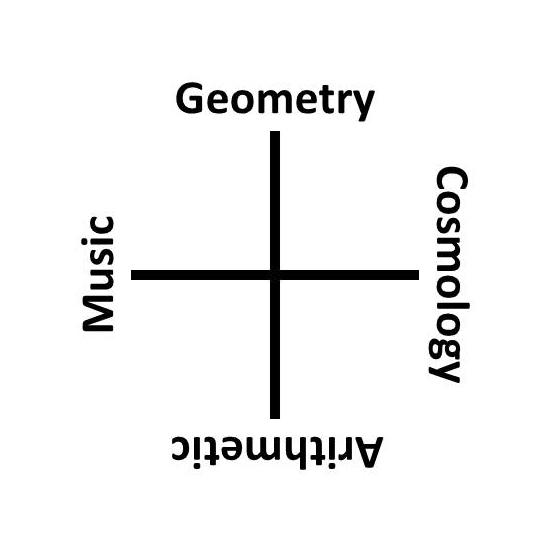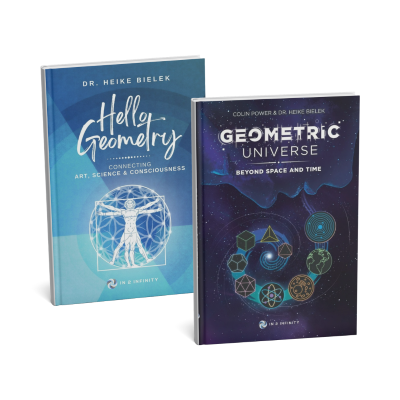In the ancient Greek civilization, education was highly valued as a means to cultivate citizens capable of participating effectively in the affairs of high society. This pursuit of education led to the development of the 7 Liberal Arts, a curriculum based on two fundamental expressions of human consciousness: the Trivium and the Quadrivium. While the modern education system has evolved significantly, it is essential to recognize the enduring significance of these ancient disciplines that continue to shape our understanding of the world.
Overview
In the ancient Greek civilization, education was highly valued as a means to cultivate citizens capable of participating effectively in the affairs of high society. This pursuit of education led to the development of the 7 Liberal Arts, a curriculum based on two fundamental expressions of human consciousness: the Trivium and the Quadrivium. While the modern education system has evolved significantly, it is essential to recognize the enduring significance of these ancient disciplines that continue to shape our understanding of the world.
The Trivium: Grammar, Rhetoric, and Logic
The Trivium, comprised of Grammar, Rhetoric, and Logic, formed the foundation of the ancient Greek education system. These three disciplines were considered vital in maintaining law and order and fostering civic engagement. Grammar facilitated effective communication, Rhetoric honed persuasive skills, and Logic encouraged rational thinking. As we navigate the complexities of our modern world, these elements remain crucial for our ability to think critically and express ourselves articulately.
The Trivium: Grammar, Rhetoric, and Logic
The Trivium, comprised of Grammar, Rhetoric, and Logic, formed the foundation of the ancient Greek education system. These three disciplines were considered vital in maintaining law and order and fostering civic engagement. Grammar facilitated effective communication, Rhetoric honed persuasive skills, and Logic encouraged rational thinking. As we navigate the complexities of our modern world, these elements remain crucial for our ability to think critically and express ourselves articulately.

FIND OUT MORE ABOUT THE TRIVIUM
The Quadrivium: Mathematics and the Sciences
The Quadrivium encompassed the four interconnected disciplines of Geometry, Music, Cosmology, and Pure Number. Through the study of these subjects, ancient Greek scholars sought to grasp the underlying laws of the universe. Mathematics served as the language through which they could comprehend the nature of Universal Laws, similar to how science today utilizes formulas to predict natural phenomena. These pursuits were not only scientific, but also held theological significance, as scholars like Johannes Kepler recognized the connection between the physical and the spiritual realms.

FIND OUT MORE ABOUT THE QUADRIVIUM
Noteworthy Figures
Throughout history, numerous influential individuals have demonstrated the incredible power of an education grounded in the Liberal Arts. Some notable figures include:
- Anselm of Canterbury (1033—1109): A prominent Christian philosopher who put forth the renowned ontological argument for the existence of God.
- Leonardo da Vinci (1452 – 1519): Widely regarded as a genius, da Vinci excelled in various fields, including art, engineering, science, and invention.
- Johannes Kepler (1571-1630): A German mathematician and astronomer who discovered major laws of planetary motion, contributing to Isaac Newton’s theory of gravitation.
- Thomas Jefferson (1743-1826): The author of the Declaration of Independence, Jefferson possessed a diverse range of skills, from classical languages to law and architecture.
- Nikola Tesla (1856 – 1943): A pioneering inventor, engineer, and physicist, Tesla significantly contributed to the development of alternating current (AC) electricity and wireless communication.
The Modern Education Landscape
As education in our global society becomes increasingly diverse, it is essential to reflect on the holistic structure of the Trivium and Quadrivium. Although today’s educational system emphasizes reading, writing, and mathematics, the original framework of the Liberal Arts offers a powerful toolkit for organizing the mind and exploring the universe. By incorporating a logical and spiritual foundation, these ancient disciplines provide a comprehensive framework for understanding the world around us.
The legacy of the 7 Liberal Arts lives on, reminding us of the enduring wisdom and universal relevance of ancient Greek scholars. As we continue to evolve as a society, the principles of the Trivium and Quadrivium offer valuable insights into fostering critical thinking, effective communication, and a deeper understanding of the natural world. By recognizing the significance of this knowledge, we can embrace a more holistic approach to education and unlock our true potential as individuals and global citizens.
Carry on Learning
Discover more about Sacred Geometry

Taoism Symbol
Taoism Philosophy Taoism, also known as Daoism, is a Chinese philosophy or religious tradition that is attributed to Laozi or Lao Tzu (c. 500 BCE). It emphasises living in harmony with the Tao, which is a Chinese word for path, way, or principle. Its central teaching is based on the

Flower of Life
The Flower of Life is a symbol of sacred geometry and contains the basis for the design of every atom, molecular structure, life form and everything in our reality. Overview The flower of life is a geometrical shape composed of multiple evenly-spaced, overlapping circles arranged in a flower like pattern

Metaphysics
Metaphysics is a branch of philosophy that deals with the fundamental nature of reality, including the relationship between mind and matter, the nature of consciousness, the existence of free will, and the ultimate nature of the universe. It attempts to answer questions about the nature of reality that go beyond the physical and empirical realms of science.


